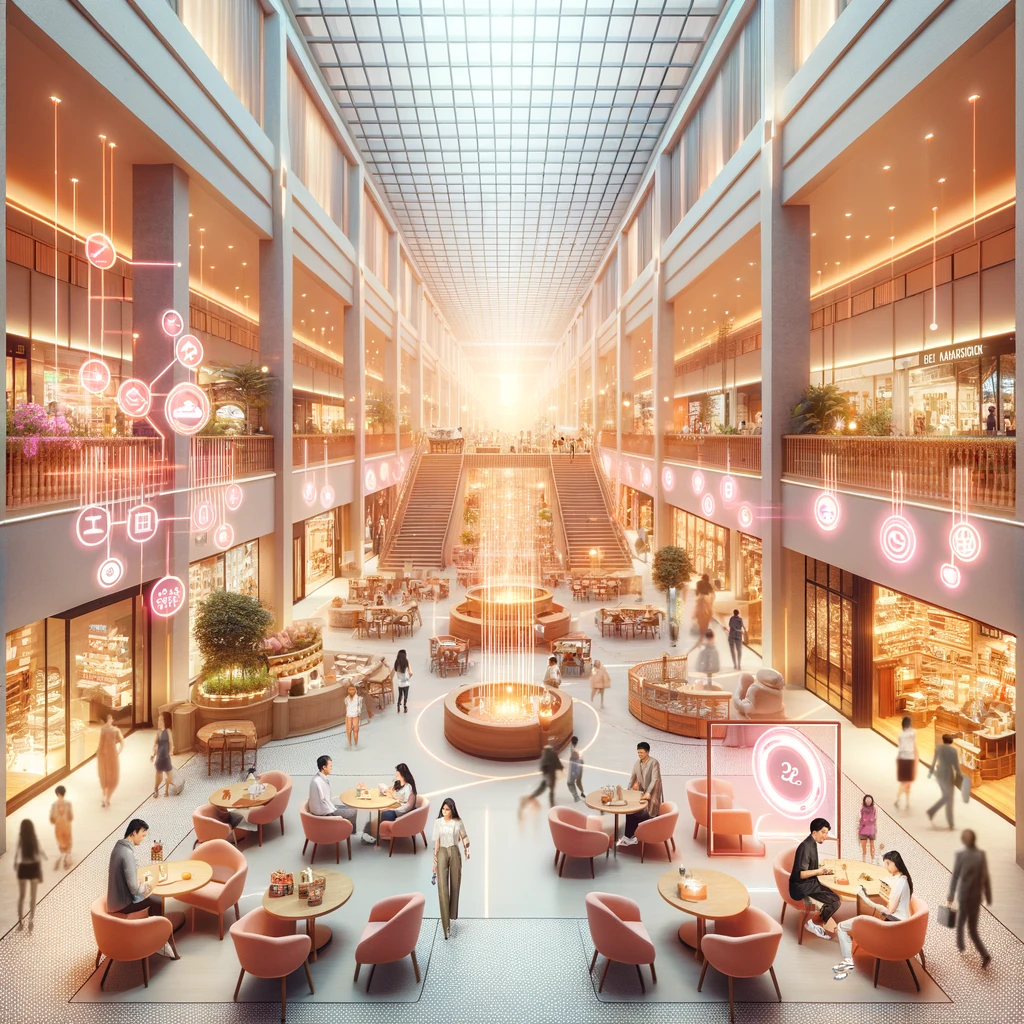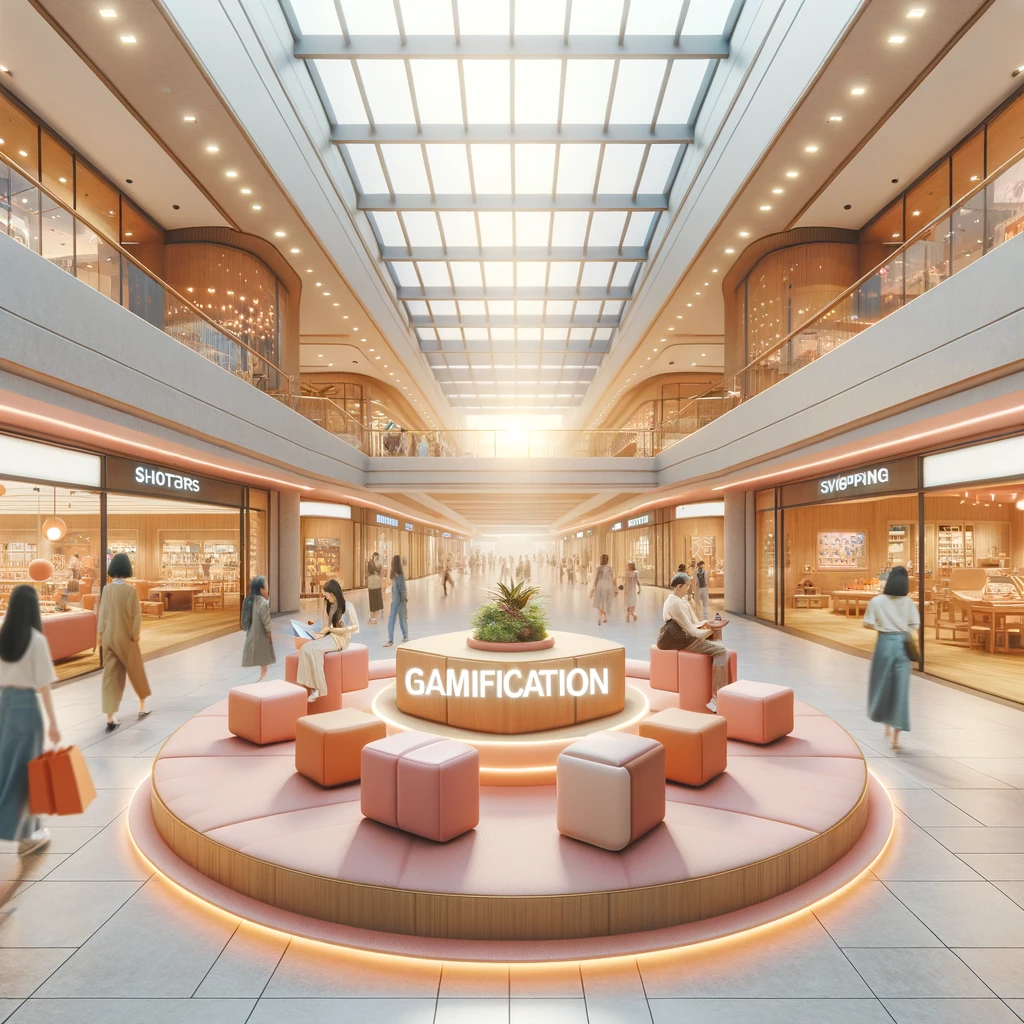The Power of Gamification in Loyalty Programs

In today’s competitive retail landscape, customer loyalty is more important than ever. Shopping malls and retailers are constantly seeking innovative ways to engage customers and keep them coming back for more. One effective strategy that has gained traction in recent years is gamification in loyalty programs. By incorporating game-like elements into loyalty programs, businesses can enhance customer engagement, increase brand loyalty, and drive repeat purchases. In this comprehensive guide, we’ll explore the concept of gamification in loyalty programs, its benefits, successful examples, and how mall managers can leverage this strategy to improve their loyalty programs.
Find out more about omnichannel loyalty here.

Understanding Gamification in Loyalty Programs
Gamification in loyalty programs involves applying game design principles and mechanics to non-game contexts, such as customer loyalty initiatives. This can include elements like points, badges, leaderboards, challenges, and rewards to motivate and incentivize customers to engage with the program.
According to a report by Mordor Intelligence, the global gamification market is expected to reach $30.7 billion by 2026, growing at a CAGR of 25.6% from 2021 to 2026. Fueling this significant growth is the increasing adoption of gamification techniques across various sectors, including education, marketing, and corporate training, to enhance user engagement, loyalty, and productivity. Businesses are leveraging gamification to create compelling loyalty programs that not only reward customers but also provide an interactive and fun experience, thus deepening customer relationships and driving sales.
Benefits of Gamification in Loyalty Programs
1. Increased Engagement
Gamification makes loyalty programs more interactive and engaging for customers. By incorporating elements like challenges and rewards, customers are motivated to actively participate in the program.
According to a study by Badgeville, companies that incorporate gamification into their loyalty programs see a 47% increase in engagement.
2. Enhanced Customer Loyalty
Gamification fosters a sense of fun and enjoyment, which strengthens the emotional connection between customers and the brand. As a result, customers are more likely to remain loyal and make repeat purchases.
A report by Adobe found that businesses with highly engaged customers achieve an average of 50% higher revenue growth compared to those with low customer engagement.
3. Behavioral Changes
Gamification can influence customer behavior by encouraging desired actions such as increased spending, frequent visits, or referrals. By rewarding these behaviors, businesses can drive specific outcomes that align with their objectives.
According to a study by McKinsey, companies that implement gamification in their loyalty programs report an average of 11% improvement in customer satisfaction and a 22% increase in time spent on their websites or apps.

Successful Examples of Gamification in Loyalty Programs
Starbucks Rewards
Starbucks Rewards is a prime example of gamification in loyalty programs. Customers earn stars for every purchase, which they can redeem for free drinks or food items. Starbucks also incorporates challenges and bonus star offers to incentivize additional purchases.
NikePlus
NikePlus rewards customers for physical activity and engagement with the brand. Members can earn badges and rewards for completing challenges, participating in events, and reaching fitness milestones. NikePlus also offers exclusive products and experiences to its most loyal members.
Sephora Beauty Insider
Sephora’s Beauty Insider program utilizes gamification to incentivize beauty enthusiasts to engage with the brand. Members earn points for purchases, which can be redeemed for beauty products or experiences. Sephora also offers exclusive events, early access to products, and personalized recommendations based on member preferences.
Incorporating gamification into loyalty programs offers numerous benefits for shopping malls and retailers, including increased engagement, enhanced customer loyalty, and positive behavioral changes. By leveraging game design principles and mechanics, businesses can create immersive and rewarding experiences that resonate with their customers. As mall managers, embracing gamification in loyalty programs can be a game-changer for driving customer retention and long-term success.
Find out more about the future of shopper engagement in shopping malls.















